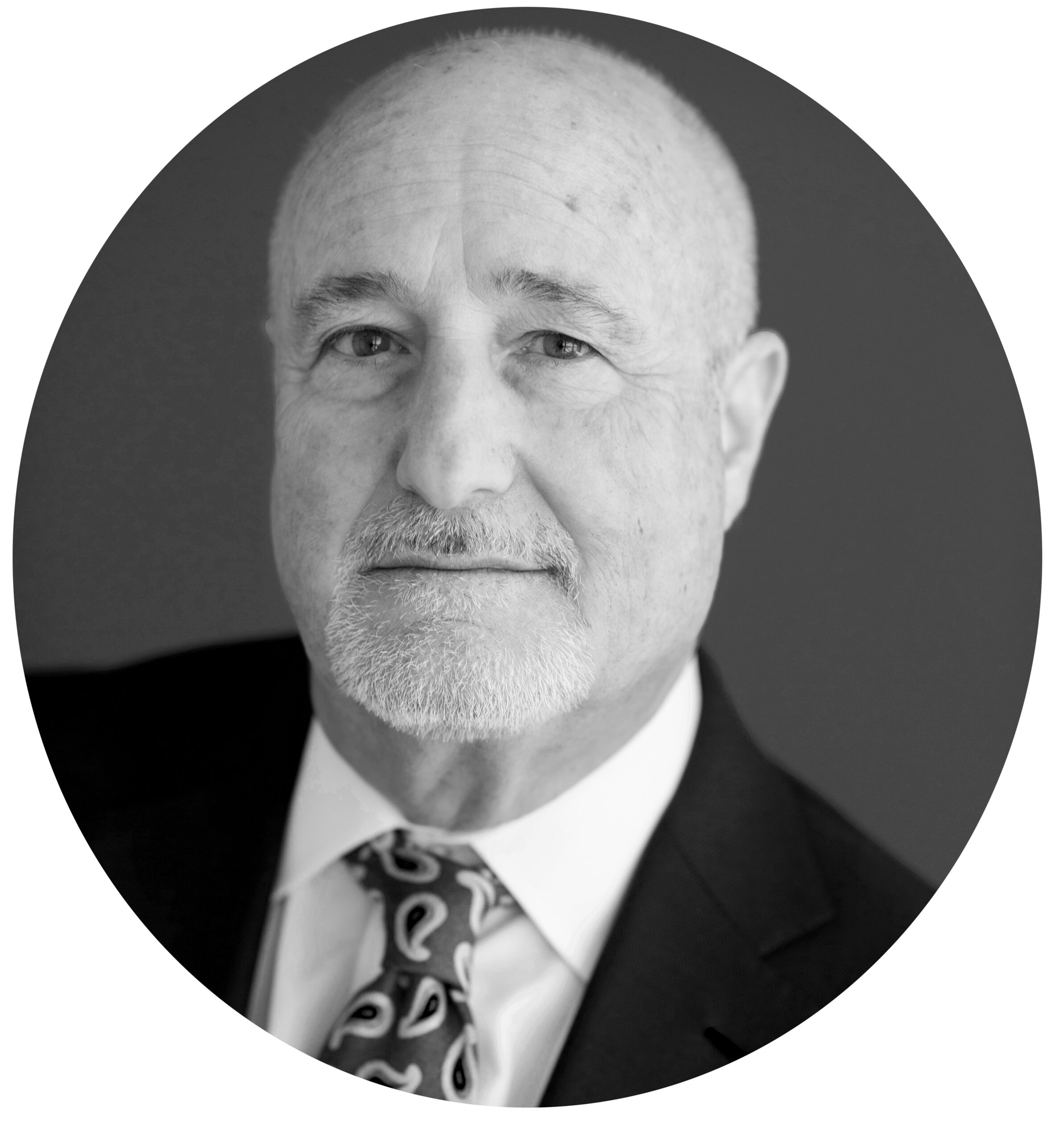Call them mental models, call them viewpoints, the point is the same: the box in which we conceive of what’s possible serves as an artificial barrier that confines our thinking.
I’ve written previously about physician owned ventures that are near replacements for hospitals. Take for example, the post Hospital Becomes Hole In Ground. ASC Takes Up The Slack in which I discuss my concept of the Massive Outpatient Center™: A combination of an ASC, a medical office building, and one or more of a menu of complementary patient care offerings.
If you haven’t read that post, read it now.
I realize though that for some, that description of the very accessible alternative to hospital servitude, and equally accessible route to increased profit, didn’t resonate because its viewpoint focused primarily on the facility as opposed to the function.
So let’s look at the solution from another viewpoint. One that’s equally valuable to those previously stymied as well as to those who already clearly see the implications for their own involvement and investment.
In common healthcare industry parlance, a healthcare system centers around the notion of hospitals, generally, but not always, many hospitals under common ownership, together with their affiliated physicians and other providers.
But with hospitals dying at an increased rate, with healthcare systems, even large systems, merging in an attempt to extend their remaining shelf life, and with technology, pricing advantage, and payer preference all pushing procedures to freestanding (e.g., outpatient) facilities, physicians can replicate the system model . . . without the hospital.
Let’s take a large orthopedic group as an example. [Note that the choice of that specialty is simply an example – the same prescription can potently play out in many practice areas.] Traditionally, the physicians in the group were closely aligned with a hospital. Perhaps the physicians had ownership interests in some ASC, maybe in more than one. Their office practice remained completely separate, certainly in a legal sense, but in a conceptual sense as well.
That model can now be flipped into what is essentially a “hospitalless” healthcare system: the group, whether alone or with investor partners [note that there is so much money available that it is not necessarily the case that outside investors are needed if they are not wanted] reorganizes the structure of their practice relationship and co-locates their office, their ASC, their physical therapy, their imaging facility, and so on.
The goal is to create what is essentially a self-contained center of excellence providing a continuum of orthopedic care for patients. The physicians manage that care from patient intake, through surgery, and through rehabilitation. All through a system of entities, facilities, functions, and processes they own and control.
This fits exactly into the concept of value-based care and this fits exactly into what many large employers seek (just look at what Walmart is doing) in terms of directing their self-insured plan beneficiaries, that is, their employees, to physicians and facilities that provide the most effective care even if it is not the cheapest care.
Just remember the notion of the box that limits your thinking, if you think that this doesn’t apply to you.
Let’s talk.




